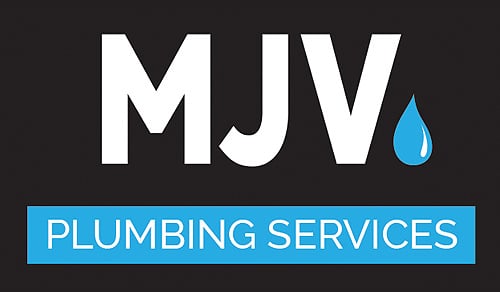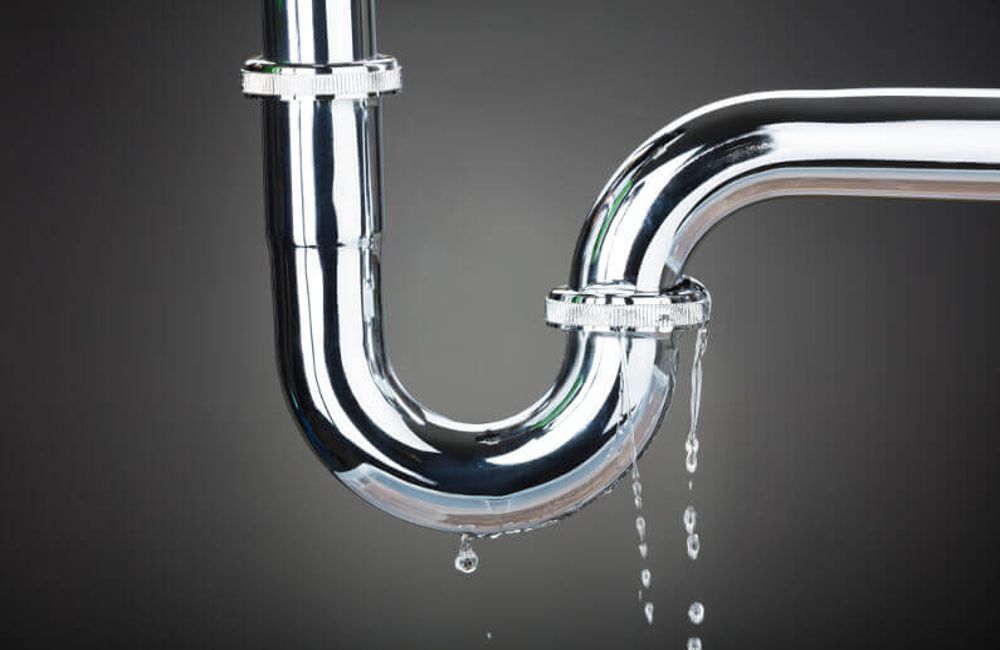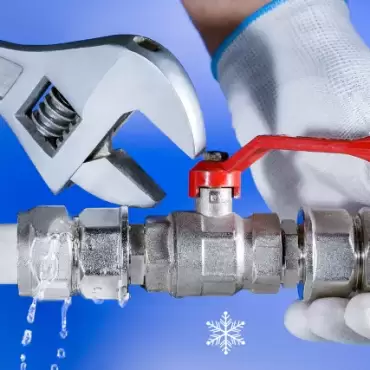Dealing with a leaky pipe can be a nightmare for homeowners, yet many leaks can be resolved without the need for complete pipe replacement. Timely repairs not only save you from the potential costs associated with water damage but also extend the life of your existing plumbing. In this guide, we’ll explore several practical methods to fix leaky pipes using simple, cost-effective solutions that don’t involve full-scale replacement.
Look for Signs of Water Leak
Before exploring repair options, it’s essential to recognise the signs of water leaks in your plumbing system. Look out for these indicators:
- Increased Water Bill: A sudden spike in your water bill without a corresponding increase in usage could indicate a hidden leak.
- Water Stains or Discolouration: Stains on walls, ceilings, or floors, along with discolouration or bubbling paint, may signal water leaks behind the surface.
- Musty Odours: Damp, musty odours, particularly in areas like basements or crawl spaces, often accompany hidden water leaks.
- Mould or Mildew Growth: Excessive moisture from leaks can promote the growth of mould and mildew in affected areas.
- Low Water Pressure: Leaks in the plumbing system can result in decreased water pressure in faucets and showerheads.
- Visible Water Damage: Puddles, drips, or pooling water around fixtures, appliances, or pipes indicate active leaks that require immediate attention.
- Sounds of Running Water: If you hear the sound of running water when no taps are in use, it could indicate a hidden leak within the walls or floors.
Pipe Clamps
Pipe clamps are designed specifically for fixing leaks. They typically consist of a rubber gasket wrapped around the leaky section and a metal clamp that tightens to hold the gasket in place. This method is ideal for pinhole leaks and can be a quick fix:
- Select the Right Size: Choose a clamp that fits the pipe diameter perfectly.
- Installation: Center the rubber gasket over the leak, then wrap the clamp around it and tighten it securely.
- Inspection: After installation, check for any further leakage and tighten the clamp if necessary.
Pipe Wraps
Available at most hardware stores, pipe wraps are another effective way to tackle pipe leaks. These wraps start as a flexible tape that adheres to itself when wrapped tightly around the pipe. Over time, the material hardens, creating a solid and pressure-resistant bond.
- Preparation: Clean the area around the leak. Begin wrapping a few inches away from the leak and continue beyond it.
- Application: Pull tightly as you wrap, ensuring each layer overlaps the previous one.
- Curing: Allow the wrap to cure as per the instructions, usually within an hour.
Slip Couplings
A more permanent solution than clamps or wraps, a slip coupling can be used on a clean cut of the pipe where the leak is located. This method involves cutting the pipe and installing a coupling that slides over both ends of the pipe:
- Cutting the Pipe: Use a pipe cutter to remove the section with the leak.
- Fitting the Coupling: Slide the coupling over one end of the pipe, then pull it back to fit over the other end.
- Securing: Ensure the coupling is evenly placed over both ends of the pipe and secure it according to the manufacturer’s instructions.
Rubber Sheet
If you need a temporary fix or the pipe is unusually shaped, using a rubber sheet or even a piece of an old garden hose can serve as a makeshift clamp:
- Cut the Rubber: Measure and cut the rubber to cover the leak adequately.
- Secure with Hose Clamps: Use two hose clamps, one on each end of the rubber, and tighten them to hold the rubber firmly against the leak.
Fiber Glass Tape
Fiberglass tape is specifically designed for pipe repair, much like pipe wraps, but it’s impregnated with water-activated resin for a long-lasting repair:
- Activation: Soak the tape in water to activate the resin.
- Wrapping: Wrap it around the pipe over the leak, ensuring tight and even layers.
- Curing: Allow it to set completely, usually taking about 30 minutes.
C-Clamp and Rubber Patch
For a larger leak, a DIY method involving a C-clamp and a piece of rubber (like an inner tube) can create a strong seal:
- Prepare the Patch: Cut a piece of rubber that can cover the leak plus at least an inch extra around it.
- Position the Rubber: Place the rubber over the leak.
- Clamp Down: Use a C-clamp to press the rubber patch firmly against the pipe.
Consulting Professional Plumbers
While DIY solutions can be effective for minor leaks, it’s essential to recognise when a leak requires the expertise of a professional plumber. Here’s why consulting a professional is crucial:
- Assessment of Damage: A professional plumber can accurately assess the extent of the damage and determine whether a repair or replacement is necessary.
- Long-Term Solutions: While DIY fixes may provide temporary relief, a professional plumber can implement long-term solutions that address the root cause of the leak, preventing future issues.
- Safety Considerations: Plumbing repairs can involve risks such as exposure to hasardous materials or working in confined spaces. Professional residential plumbers in Melbourne have the training and equipment to handle these challenges safely.
- Compliance with Building Codes: Professional plumbers are knowledgeable about local building codes and regulations. They can ensure that any repairs or replacements meet these standards, avoiding potential legal issues in the future.
- Warranty and Guarantees: Many professional plumbers offer warranties or guarantees on their workmanship, providing you with peace of mind knowing that the repair is backed by a professional commitment to quality.
Conclusion
While these methods provide effective temporary or semi-permanent solutions to leaky pipes, it’s crucial to monitor the repaired area regularly. Some situations will inevitably require a professional residential plumber in Melbourne to ensure the integrity of your plumbing system. Always consider the severity of the leak and the condition of the plumbing when deciding how to proceed. If in doubt, consulting with a professional plumber from MJV Plumbing Services can help you make the best choice for your home’s plumbing health.


